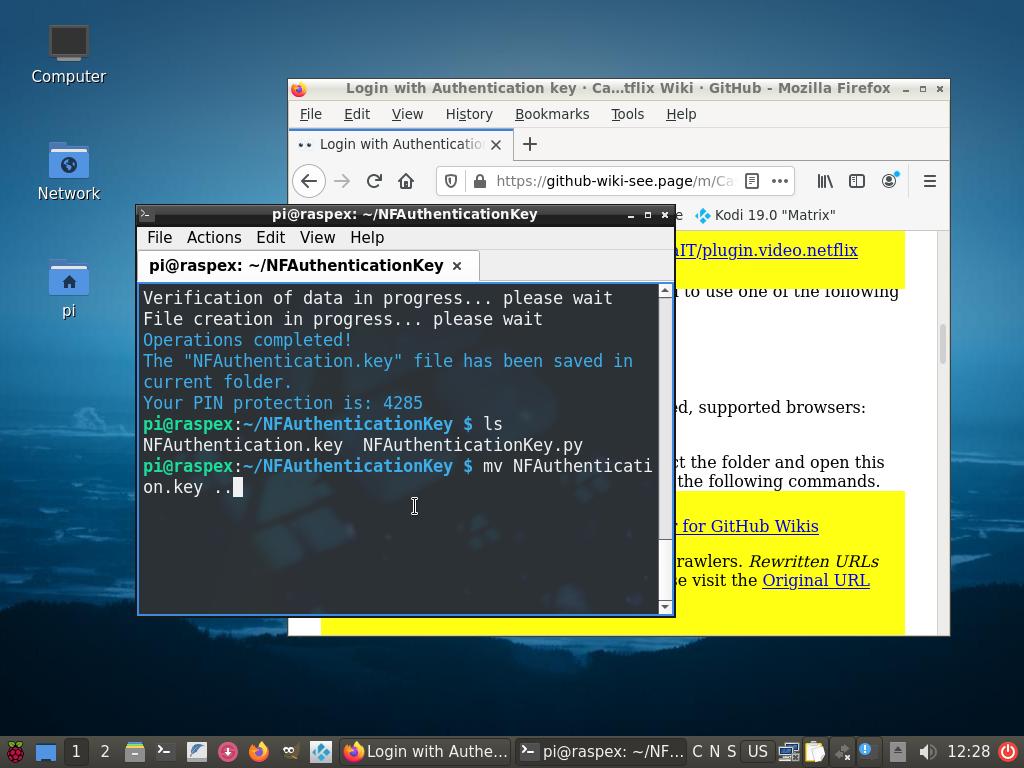

- KODI 4 DIGIT CODES CODE
- KODI 4 DIGIT CODES ISO
- KODI 4 DIGIT CODES ZIP
The letters W and Z are used, but are not currently used as the first letter. Postal codes in Canada do not include the letters D, F, I, O, Q, or U, as the optical character recognition (OCR) equipment used in automated sorting could easily confuse them with other letters and digits. The letter combinations "SS" ( Schutzstaffel), "SD" ( Sicherheitsdienst), and "SA" ( Sturmabteilung) are not used, due to links with the Nazi occupation in World War II. But as almost all existing combinations are now used, these letters were allowed for new locations starting 2005. Postal codes in the Netherlands originally did not use the letters 'F', 'I', 'O', 'Q', 'U' and 'Y' for technical reasons.

KODI 4 DIGIT CODES ISO
Letters of the ISO basic Latin alphabet. The United Kingdom began introducing its current system in Norwich in 1959, but they were not used nationwide until 1974. The next country to introduce postal codes was Germany in 1941, followed by Singapore in 1950, Argentina in 1958, the United States in 1963 and Switzerland in 1964. Modern postal codes were first introduced in the Ukrainian Soviet Socialist Republic in December 1932, but the system was abandoned in 1939. The name of US postal codes, "ZIP codes", reflects this evolutionary growth from a zone plan to a zone improvement plan, "ZIP". These developed into postal codes as they are defined today. They existed in the United States at least as early as the 1920s, possibly implemented at the local post office level only (for example, instances of "Boston 9, Mass" in 1920 are attested, ) although they were evidently not used throughout all major US cities (implemented USPOD-wide) until World War II.īy 1930 or earlier the idea of extending postal district or zone numbering plans beyond large cities to cover even small towns and rural locales was in the air. By World War I, such postal district or zone numbers also existed in various large European cities. London was first subdivided into 10 districts in 1857 (EC (East Central), WC (West Central), N, NE, E, SE, S, SW, W, and NW), four were created to cover Liverpool in 1864 and Manchester/ Salford was split into eight numbered districts in 1867/68. Postal codes began with postal district numbers (or postal zone numbers) within large cities. The development of postal codes reflects the increasing complexity of postal delivery as populations grew and the built environment became more complex. KODI 4 DIGIT CODES ZIP
ZIP code: The standard term in the United States and the Philippines ZIP is an acronym for Zone Improvement Plan.ġ977 Soviet stamp promoting the use of postal codes. PSČ: The standard term in Slovakia and Czech Republic PSČ is an acronym for Poštové smerovacie číslo (in Slovak) or Poštovní směrovací číslo (in Czech), both meaning postal routing number. Postal index: This term is used in Eastern European countries such as Ukraine, Moldova, Belarus etc. Postcode: This solid compound is popular in many English-speaking countries and is also the standard term in the Netherlands. Postal code: The general term is used in Canada. PLZ: The standard term in Germany, Austria, German-speaking Switzerland and Liechtenstein PLZ is an abbreviation of Postleitzahl (postal routing number). PIN: The standard term in India PIN is an acronym for Postal Index Number. NPA in French-speaking Switzerland ( numéro postal d'acheminement) and Italian-speaking Switzerland ( numero postale di avviamento). CEP: The standard term in Brazil CEP is an acronym for código de endereçamento postal (postal addressing code). 
CAP: The standard term in Italy CAP is an acronym for codice di avviamento postale (postal expedition code).
KODI 4 DIGIT CODES CODE
There are a number of synonyms for postal code some are country-specific. 4.7 States and overseas territories sharing a postal code system.4.5 Codes defined independently from administrative areas.4.4 Codes defined indirectly to administrative borders.4.3 Codes defined close to administrative boundaries.4.2 Codes defined along administrative borders.







 0 kommentar(er)
0 kommentar(er)
